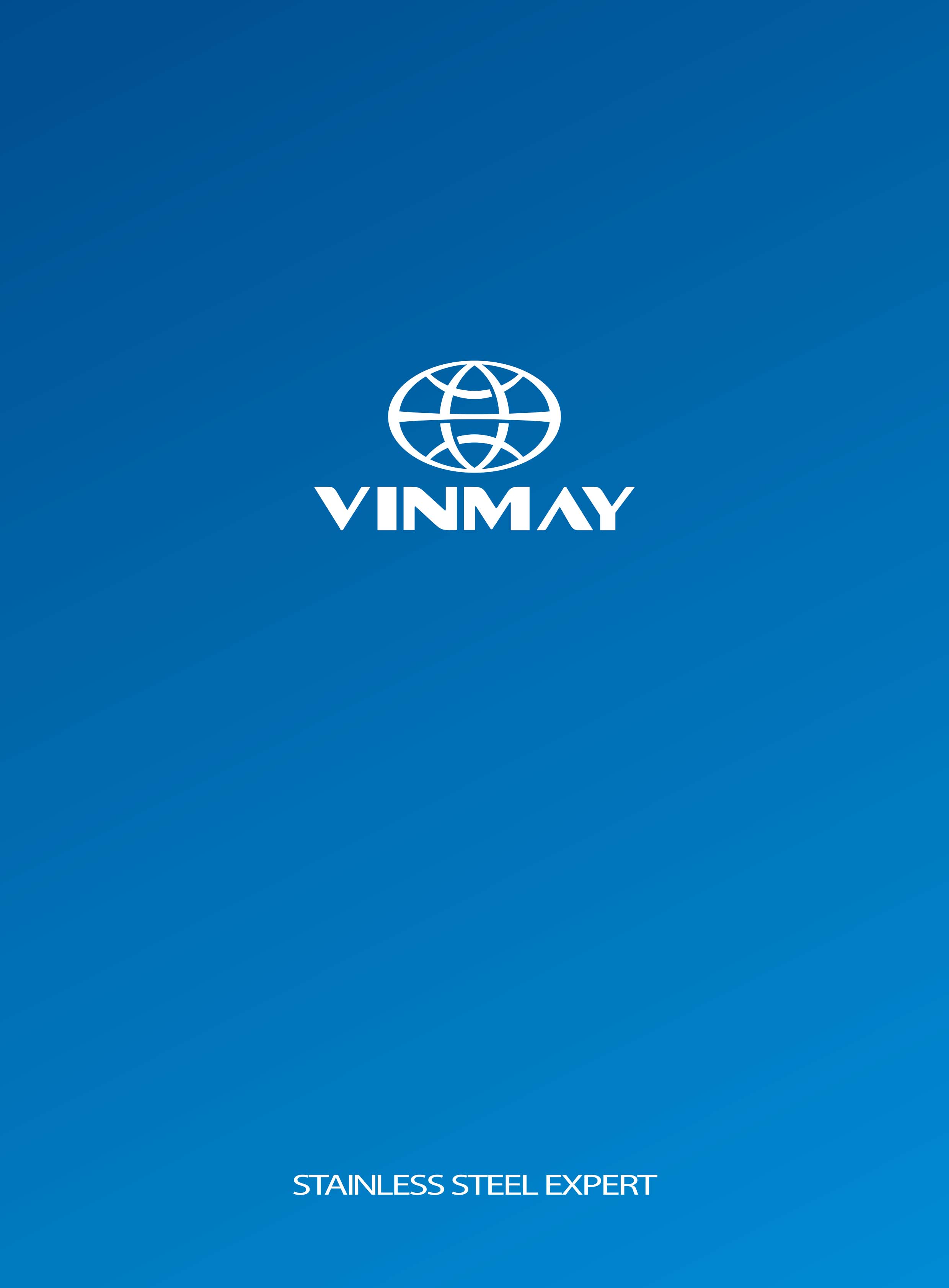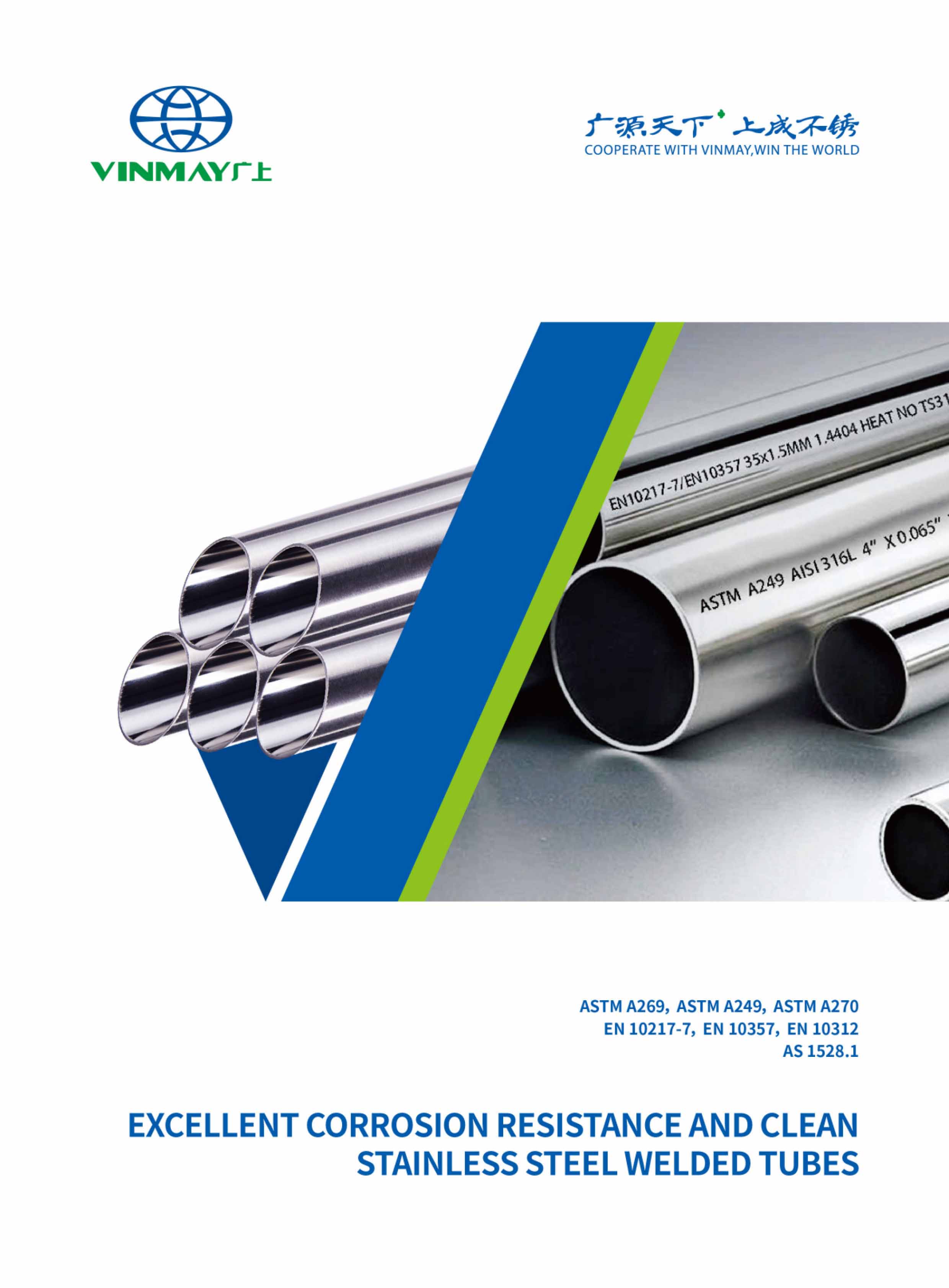When it comes to MIG welding stainless steel, mastering a few crucial tips can make a substantial difference in the quality and durability of your welds. Choosing the appropriate shielding gas, typically a high-purity argon-based mixture, is essential for protecting the weld zone from contamination. Equally important is selecting the right filler wire to match the base alloy and maintaining a clean work surface. By carefully managing heat input and employing techniques to mitigate distortion, one can achieve highly corrosion-resistant and aesthetically pleasing welds. But what are the common pitfalls and how can they be avoided?
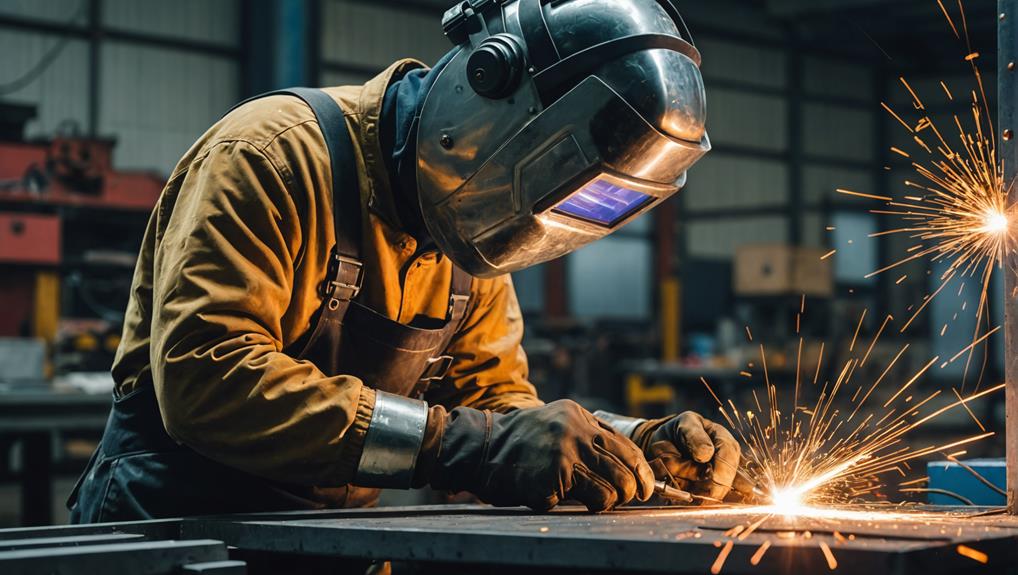
Understanding stainless steel welding requires a comprehensive understanding of its unique properties and challenges. The inherent characteristics of stainless steel demand specific welding techniques and precise equipment. Critical factors such as gas selection and wire type are paramount; typically, a tri-mix gas (90% helium, 7.5% argon, 2.5% carbon dioxide) and a matching stainless steel wire are recommended to achieve excellent results.
Heat control and distortion prevention are essential due to stainless steel's low heat conductivity and high thermal expansion. Techniques such as spacing tack welds and copper backing bars can reduce distortion. Consistent heat input is crucial to prevent defects such as carbide precipitation and potential loss of corrosion resistance.
Joint preparation and cleanliness are necessary. Stainless steel must be thoroughly cleaned to remove contaminants, which can otherwise jeopardize weld integrity. Dedicated tools should be used to prevent mix-ups with mild steel.
Adhering to best practices in welding techniques will result in high-quality welds. This involves fine-tuning equipment settings to the specific requirements of stainless steel, ensuring proper joint fit-up, and maintaining a controlled welding environment. Mastery of these elements is essential for achieving durable, corrosion-resistant welds in stainless steel applications.
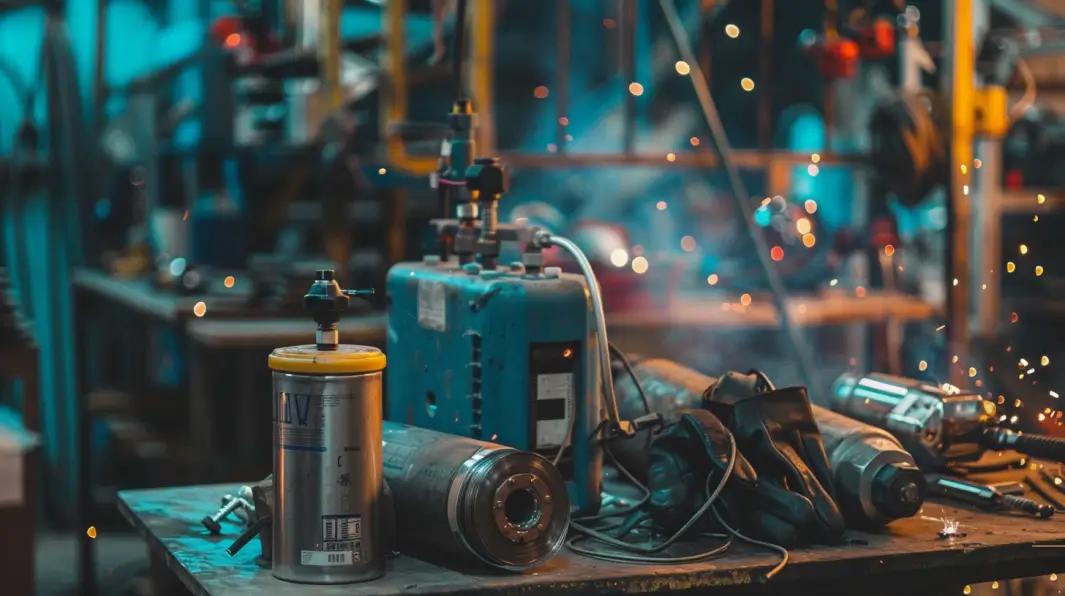
Setting up MIG welding equipment for stainless steel involves selecting the appropriate shielding gas, typically a Tri-Mix of 90% helium, 7.5% argon, and 2.5% carbon dioxide, to maintain peak arc stability and weld quality.
Using direct current electrode positive (DCEP) polarity and choosing a stainless steel MIG wire that matches or exceeds the base alloy are essential for achieving strong, corrosion-resistant welds.
Additionally, setting the correct amperage output based on material thickness, desired penetration, and travel speed is vital for maintaining weld integrity and minimizing defects.
Shielding gas is crucial in the MIG welding process, especially when welding stainless steel. The selection and management of shielding gas directly impact factors like gas flow, wire feed, and weld quality. Precise gas selection is essential for effective shielding, protecting the molten weld pool from atmospheric contamination.
For optimal welds, it's important to use proper welding techniques and control the welding speed. These factors, combined with the correct gas mixture, help manage heat input, reducing distortion and maintaining the weld's structural integrity. A common choice for stainless steel is a tri-mix gas blend (90% helium, 7.5% argon, 2.5% CO₂), which provides a good balance of penetration and arc stability.
| Parameter | Recommended Value/Type | Purpose |
|---|---|---|
| Gas Flow Rate | 20-25 cubic feet per hour (CFH) | Ensures sufficient shielding effectiveness |
| Wire Feed Speed | Varies based on material thickness | Controls deposition rate and weld quality |
| Gas Mixture | 90% He, 7.5% Ar, 2.5% CO₂ | Enhances arc stability and reduces oxidation |
| Filler Metal | Match base alloy or higher alloy wire | Maintains material compatibility and joint strength |
Proper joint preparation and filler metal selection further enhance weld quality, making it essential to control every aspect of the process meticulously.
When configuring MIG welding equipment for stainless steel, selecting the correct polarity is vital for achieving the best weld quality and performance. The polarity directly influences the stability of the arc, penetration depth, and overall weld integrity. For MIG welding stainless steel, the standard polarity is Direct Current Electrode Positive (DCEP). This setup enhances arc stability and provides deeper penetration, which is crucial for creating strong, reliable welds.
Polarity importance cannot be overemphasized in the context of stainless steel welding. Incorrect polarity can lead to less-than-ideal welds, increased spatter, and potential defects. Here are key considerations:
Mastering the polarity aspect of MIG welding stainless steel requires attention to detail and understanding proper techniques, ensuring the final weld maintains structural integrity and meets industry standards.
Proper polarity is a critical component of MIG welding stainless steel, but an equally important factor is the selection of the appropriate MIG wire. The choice of filler metal must match the base alloy or utilize a higher alloy to guarantee compatibility and the best performance. Stainless steel MIG wires commonly include ER308L, ER316L, and ER309L, each suited for different stainless steel types.
Wire diameter is pivotal in achieving the desired weld penetration and bead profile. Typically, diameters range from 0.030" to 0.045", with selection contingent upon the material thickness and joint design. A thinner wire, such as 0.030", is preferable for thinner materials, whereas thicker wires are suitable for heavier sections.
Gas flow rates are equally critical, generally set between 20-25 cubic feet per hour (CFH) to guarantee sufficient shielding without causing turbulence. Proper cleaning of the base material is essential to remove any contaminants that could compromise weld quality. This includes the use of dedicated stainless steel brushes to prevent cross-contamination.
Setting up the correct current output is fundamental to achieving high-quality MIG welds on stainless steel. Proper current settings influence the weld's penetration, bead shape, and overall integrity. Stainless steel, due to its unique properties, demands precision in setting up MIG welding equipment.
Consider the following factors to achieve optimal current output:

Achieving a flawless surface is vital for attaining top-notch MIG welds on stainless steel. Proper cleaning is the first and most pivotal step. Begin by removing all surface contaminants, such as oils, dirt, and oxidation. Utilize dedicated stainless steel brushes or non-abrasive cleaning pads to prevent cross-contamination from mild steel particles. Ideal settings for the cleaning tools and techniques guarantee a thorough surface preparation. Use solvents like acetone or isopropyl alcohol to eliminate residual oils and greases, which can compromise weld integrity.
Effective purging of the weld area is crucial to prevent contamination from atmospheric gases. Employ purging gas, such as argon, to displace ambient air and protect the weld zone. This step is essential for maintaining arc stability and achieving top-notch welds.
Arc maintenance is directly influenced by the cleanliness of the base material, as contaminants can lead to arc instability and spatter.
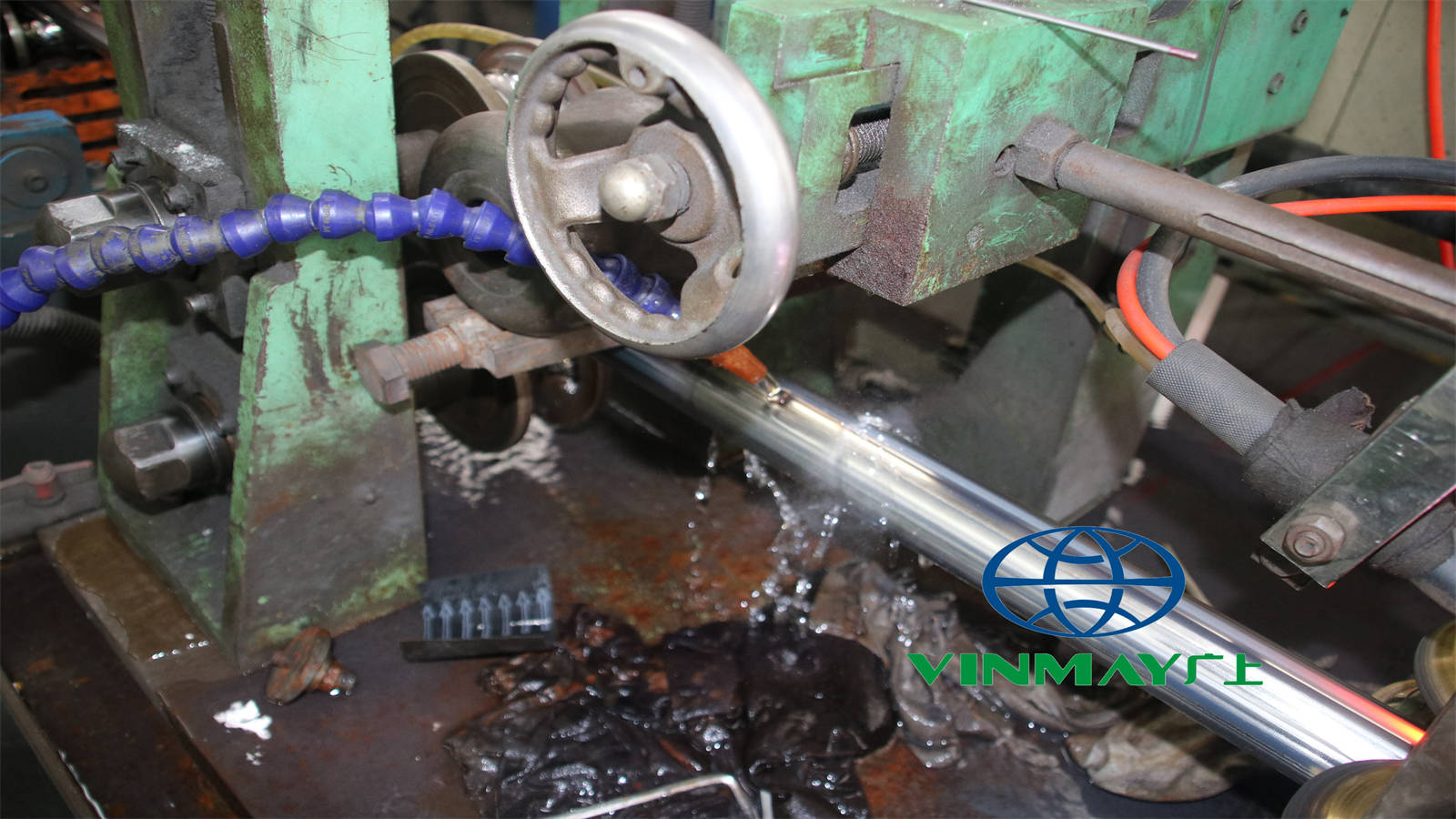
To attain best outcomes in MIG welding stainless steel, it is vital to monitor travel speed and maintain the correct MIG gun angle to guarantee proper bead formation and penetration.
Consistent arc length helps to stabilize the weld pool, while effective heat and distortion management prevent warping and preserve material integrity.
Moreover, purging with suitable shielding gas and adjusting inductance settings can greatly improve weld quality and reduce defects.
A critical aspect of achieving high-quality welds in MIG welding stainless steel is meticulously managing the travel speed and MIG gun angle. Proper control over these factors guarantees fusion and minimizes defects. Stainless steel properties like low thermal conductivity and high thermal expansion require careful attention to welding speed and gun angle to avoid issues like warping and overheating.
Key considerations include:
Employing these methods guarantees robust, corrosion-resistant welds, enhancing both the durability and aesthetic appeal of stainless steel fabrications.
Maintaining a consistent arc length is pivotal in MIG welding stainless steel to achieve high-quality, defect-free welds. The arc length, which is the distance between the welding electrode and the workpiece, plays a significant role in controlling heat input and ensuring proper fusion of the base metals. To maintain consistency, it is essential to keep the arc length uniform throughout the welding process.
A steady arc length can be achieved by maintaining a consistent travel speed and appropriate gun angle. The travel speed should be neither too fast nor too slow, as this can affect penetration and bead appearance. The gun angle should typically be at 10-15 degrees from vertical, which helps in achieving a smooth, even weld bead.
Additionally, purging techniques are crucial when welding stainless steel to prevent oxidation and contamination, which can compromise the weld quality.
Effective heat and distortion management is crucial when MIG welding stainless steel to ensure structural integrity and aesthetic quality. Given stainless steel's low thermal conductivity and high thermal expansion, precise control over heat input and welding technique is essential to prevent warping and achieve clean welds.
Proper purging with appropriate shielding gas is vital to protect the weld pool from atmospheric contamination. Regular maintenance of drive rolls and liners ensures smooth wire feeding, reducing heat input variations. By integrating these strategies, welders can effectively manage heat, ensuring high-quality, aesthetically pleasing stainless steel welds.
Why is purging so important when MIG welding stainless steel? The answer lies in the vital need to prevent oxidation and contamination within the weld area. Purging techniques involve the use of shielding gases to create an inert atmosphere, thereby safeguarding the weld pool from atmospheric gases such as oxygen and nitrogen. This is essential when aiming for best weld penetration and maintaining the material's corrosion resistance.
Effective purging requires careful control over gas flow. Typically, argon is used due to its inert properties, ensuring a stable and uncontaminated weld environment. The gas flow must be regulated to suffuse the weld area completely, achieving the desired shielding effect.
Proper joint fit-up is another important factor in purging. Tight and consistent fit-up ensures uniform gas coverage and minimizes gaps where atmospheric contamination could occur. This, in turn, aids in distortion control by allowing even heat distribution and reducing the likelihood of warping.
Adjusting the inductance is a vital factor in optimizing MIG welding performance for stainless steel. Inductance adjustment influences the arc characteristics, particularly affecting the arc length maintenance and overall welding stability. Proper adjustment can greatly enhance weld puddle fluidity, leading to smoother, more consistent welds.
Considering pulsed MIG for welding stainless steel can greatly enhance weld quality and efficiency. This advanced welding technique offers several pulsed MIG benefits, including better control over heat input, reduced spatter, and improved arc stability. Given the unique stainless steel properties and composition, such as its chromium content, which provides corrosion resistance, managing heat is vital to prevent distortion and maintain the material's integrity.
| Factors | Considerations |
|---|---|
| Pulsed MIG Benefits | Enhanced weld quality, reduced spatter |
| Gas Selection | Proper shielding gas mix (e.g., Tri-Mix) |
| Stainless Steel Properties | High chromium content, sensitive to heat input |
| Equipment Setup | Correct polarity (DCEP), appropriate wire |
| Welding Technique | Consistent travel speed, controlled heat input |
Proper equipment setup is essential. Utilizing correct polarity (DCEP) and selecting the appropriate stainless steel MIG wire ensures compatibility with the base alloy. Adjustments to amperage and travel speed must be precise to manage heat effectively, thereby minimizing distortion.
Heat management and distortion control are crucial in maintaining weld quality. Pulsed MIG's ability to control heat input reduces the risk of warping and burn-through, especially important for thin materials. By optimizing these parameters, welders can achieve consistent, high-quality results when working with stainless steel.
In the field of optimizing your MIG welding process for stainless steel, swapping out drive rolls and the liner is a pivotal step. Making certain that your drive rolls and liner are well-maintained and specifically designed for stainless steel is essential for achieving high-quality welds. Drive rolls must securely feed the wire without slipping or deforming it, which can otherwise lead to erratic arc length and compromised weld integrity.
Understanding these critical elements guarantees that your MIG welding setup is optimized, reducing common mistakes and enhancing overall weld quality.
Utilizing post-flow shielding gas coverage is an important practice in MIG welding stainless steel, as it guarantees the weld area is adequately protected from atmospheric contamination during the cooling phase. This technique involves maintaining gas shielding after the welding arc is extinguished, making sure the molten weld pool and surrounding heat-affected zone remain shielded from oxygen and nitrogen. This is especially crucial for stainless steel due to its susceptibility to oxidation and carbide precipitation, which can compromise corrosion resistance.
Post-flow coverage also contributes significantly to distortion control and heat management. By maintaining a stable environment during cooling, the risk of thermal distortion is minimized, preserving the integrity of the weld. Proper gas shielding throughout the cooling process helps achieve consistent maintenance of arc length, which is important for high-quality welds.
Regularly checking and replacing drive rolls and liners is necessary to ensure smooth wire feeding, which further supports consistent post-flow shielding. Employing these practices makes certain that welding techniques are optimized for stainless steel, resulting in superior weld quality and longevity.
See Also - How to Weld Stainless Steel Tubing Like a Pro

When MIG welding stainless steel, common mistakes such as contamination, overheating, and discoloration leading to warping can greatly compromise weld quality.
Contamination often results from improper cleaning or using tools that have been in contact with other metals, which can introduce impurities into the weld.
Controlling heat input and employing proper welding techniques are vital to prevent overheating and the associated issues of discoloration and warping, ensuring a structurally sound and aesthetically pleasing weld.
Contamination during MIG welding of stainless steel can greatly compromise the integrity and quality of the welds. Prioritizing contamination prevention is crucial for achieving optimal results. Contaminants can stem from various sources, including improper cleaning, inappropriate welding techniques, and incorrect gas selection.
Contaminants such as oil, grease, and other foreign materials can cause weld defects like porosity and weak joints. Effective cleaning processes, including degreasing and wire brushing, are essential.
Additionally, maintaining proper joint fit-up ensures consistent weld quality. By understanding the specific challenges of welding different stainless steel types and employing the correct gas selection and wire matching, welders can markedly reduce contamination risks. This meticulous approach is necessary to produce high-quality, durable welds in stainless steel applications.
Overheating, a common issue in MIG welding stainless steel, frequently leads to weld defects and compromised structural integrity. Effective heat control is crucial to mitigate the risks associated with excessive temperatures. One must understand that stainless steel retains heat more than carbon steel, making it susceptible to distortion. Distortion prevention can be achieved by using proper welding techniques, such as employing shorter welds and allowing adequate cooling intervals between passes.
Selecting the appropriate shielding gas is another critical factor. A Tri-Mix gas, typically composed of helium, argon, and carbon dioxide, offers better heat distribution and arc stability, reducing the risk of overheating.
Ensuring arc consistency is essential; an unstable arc can lead to localized overheating, causing burn-through or lack of fusion defects.
Additionally, controlling the welding current and travel speed is paramount. Excessive heat input can be minimized by adjusting the wire feed speed and voltage settings to align with the material's thickness. Employing pulsed MIG welding techniques can further aid in managing heat input, thereby maintaining the structural integrity of the weld. By focusing on these factors, welders can effectively prevent overheating, ensuring high-quality and reliable stainless steel welds.
Despite thorough preparation and technique, discoloration and warping remain prevalent challenges in MIG welding stainless steel. These issues not only compromise the aesthetic quality of the weld but also its structural integrity. Understanding the properties of stainless steel and applying effective heat management techniques are crucial for discoloration prevention and warping control.
Proper equipment selection, such as using pulse MIG systems, further enhances weld quality by providing better control over heat input. Additionally, consistent training ensures that welders are adept at managing these complex variables, thereby minimizing the risk of defects and ensuring superior weld performance.
To reduce welding fumes while MIG welding stainless steel, establish proper ventilation and use fume extraction systems. Utilize respirators, maintain sufficient welding ventilation, and implement thorough fume control measures to safeguard health and enhance air quality.
"Safety is the shield against hazards." Vital PPE recommendations include a welding helmet, gloves, and fire-resistant clothing. Effective ventilation strategies, diligent equipment maintenance, and proper wire storage techniques are imperative for welding in different environments.
To maintain MIG welding equipment for best performance, guarantee regular equipment maintenance, proper cleaning of components, and correct wire storage. Additionally, appropriate gas selection and adherence to recommended settings are essential for sustained welding efficiency.
Imagine the resilience of a ship's hull against crashing waves. MIG welding stainless steel on boats benefits from outdoor versatility, but considers weather impacts. Employ windshields, use proper shielding gas, and maintain consistent technique for best results.
To maximize wire storage and contamination prevention, handle stainless steel MIG wire with care. Store in a clean environment with corrosion protection measures. Proper handling and controlled conditions are crucial to maintain wire integrity and performance.
Read More: MIG Welding Stainless Steel Tips for Best ResultsIn mastering MIG welding of stainless steel, one must view the process as a finely tuned symphony, where each element—from shielding gas to filler wire selection—plays an essential role in achieving harmonious, corrosion-resistant welds. Precision in gas flow, meticulous pre-cleaning, and careful control of heat input serve as the conductors, guiding the welding process to its flawless crescendo. Avoiding common pitfalls and implementing best practices guarantees the integrity and longevity of the weld, symbolizing the perfect blend of art and science.

